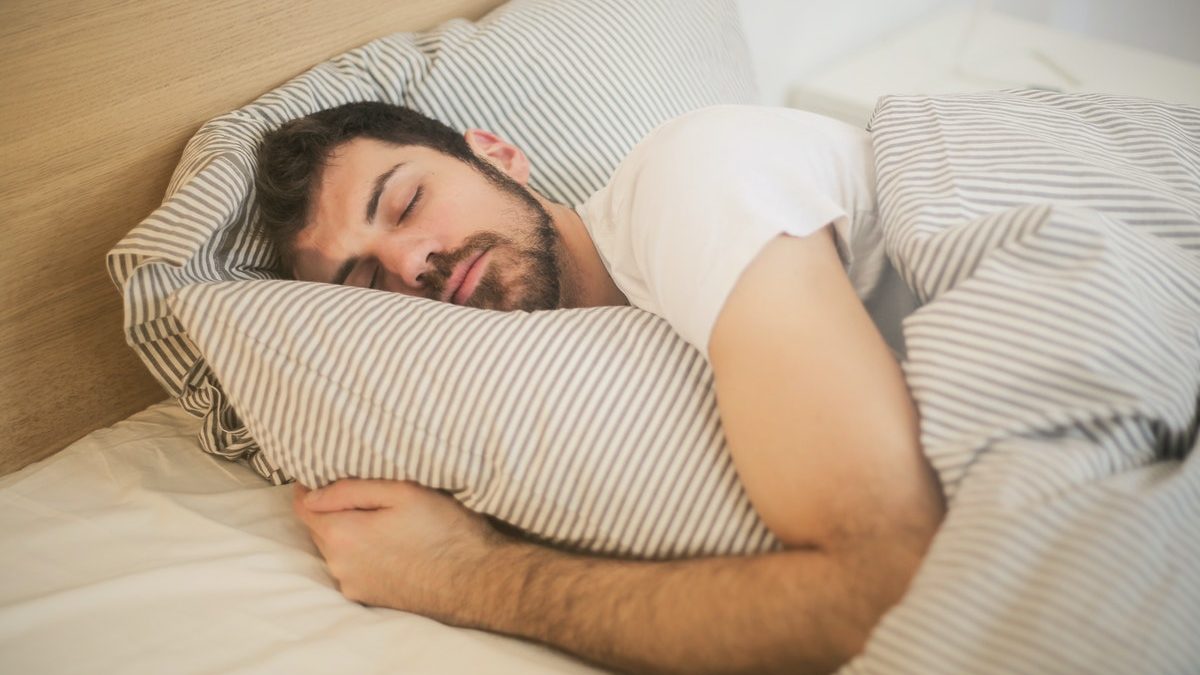Our understanding of various stages of sleep began developing in the 1950s when it was discovered that there was a difference between our dream state and deep-sleep state. While everyone knows that there are different stages of sleep, not a lot of people understand how they influence sleep hygiene practice.
A comprehensive understanding of the different stages of sleep can actually help nail down the source of a lack of sleep, or help with implementing a plan that regulates and balances your sleep hygiene practices. A knowledge of this should impact all of your sleep habits: some of the best mattresses are engineered with the various stages of sleep in mind to ensure minimum disturbance.
Understanding your stages of sleep
When falling to sleep, the very early stages of your sleep will usually involve a good degree of wakefulness. Stage 1 of anyone’s sleep cycle is the transitory period of being awake and drifting off to sleep and lasts for a very brief time, about five to ten minutes.
Your body then moves on to Stage 2, which lasts a little less than half an hour, during which one’s brain begins to produce intermittent bursts of activity commonly called sleep spindles. During this stage, your body temperature begins to drop, and your heart rate slows down, and your breathing regularises.
Stage 3 is the final stage of what is known as NREM sleep. During this stage, you will find your muscles relax, you enter a state of a deep sleep, and you become less sensitive to external stimuli.
When your brain moves on from the NREM stages, it shifts into REM sleep, during which it is generally active, one’s body becomes relaxed, breathing might be faster, and dreaming occurs. About 20% of your total sleep is spent in the REM stage.
Though numbered, the stages of sleep don’t actually occur sequentially. While they may vary from person to person, good sleep hygiene usually involves starting in Stage 1, and then moving on to 2, 3, and then back to 2 again before engaging in a REM stage. These cycles are then repeated through the night until you’re up and at it int he morning. A lack of sleep can be explained by a lack of time spent in Stage 3.
Comfort during the stages of sleep
It’s important to invest in the best mattress you can not just for your posture or personal comfort, but because they’re conducive to proper progression between your sleep stages, resulting in improved sleep hygiene.
What does the most comfortable mattress for someone looking to improve their sleep cycles look like, exactly? This probably varies from person to person, depending on the individual challenges causing a lack of sleep in the first place.
If you’re a warm sleeper and find your lack of sleep arises with the night sweats, for instance, you may wish to look into a cooling mattress that regulates your body temperature through the night. Memory foam mattresses tend to be a popular pick for those looking for a balance between comfort and support to improve their sleep hygiene. The best mattresses are also highly breathable, so if there’s sufficient airflow in your bedroom, you should feel cooler by default.
Another way to ensure you’re finding the best mattress for yourself by seeing the way your sleeping posture is supported well through the night. Memory foam mattresses also tend to win out in this regard. The best mattresses are able to contour to your body, allowing you to open up your airways and have no issues when shifting from quicker, short breaths, to deep, slow breathing.
A lack of sleep is a fairly common issue faced by many adults across the world. Understanding what the stages of sleep and how they influence your own personal sleeping patterns can help you come that much closer to achieving great sleep hygiene, and becoming a more balanced person.

